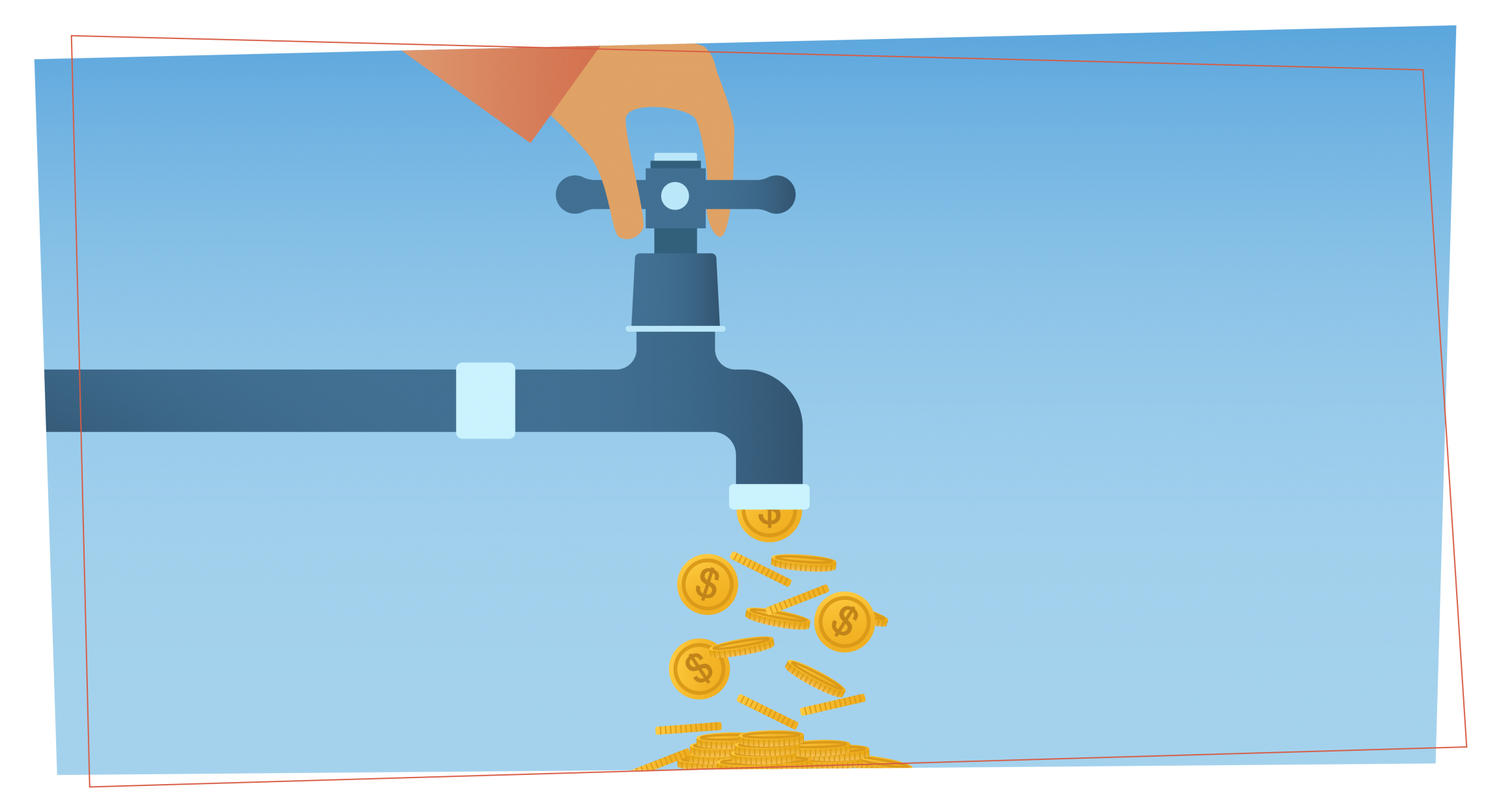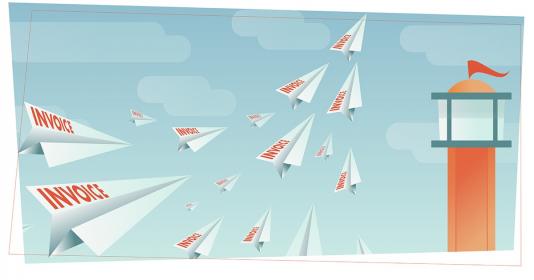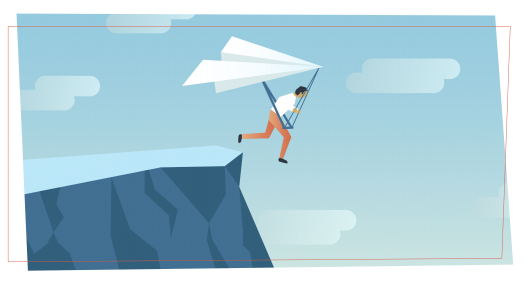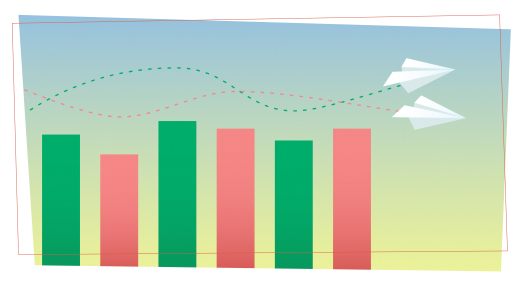How Agencies can Adopt Subscription Models for Predictable Cash Flow
Pro Tips
Sick of the feast and famine cycle? Creative agencies are especially prone to months of reduced cash flow. However, it’s possible for agency owners to create a predictable income stream.
In a recent episode of the Harvard Business Review Podcast, Every Business Can Be a Subscription Business, Strategy Consultant Robbie Kellman Baxter, explained the many benefits of adding a subscription service to your business. Baxter emphasized that subscription models create predictable revenue, are great for cash flow, planning with confidence, and company valuation.
Subscription pricing models are increasingly becoming the norm. According to the Global Banking and Finance Review, 70% of business leaders consider subscription pricing the key to finding and retaining clients. In fact, businesses without annual contracts or subscriptions typically lose customers at a rate of 9%. The rate for businesses with at least 75% of their revenue running on recurring revenue? Only 3%.
Better client relations aside, subscriptions can provide creative agencies with the stability and flexibility to grow. Keep reading to find out how these models work and how to design your own subscription model below:
What is a subscription model?
Nowadays, most of us are familiar with the subscription model. From Netflix to newspapers, setting aside a small fee for regular services has become essential in our daily lives. Why should business be any different?
To put it simply, a subscription model allows you to charge a client a regular amount every month for a set of predetermined services. Similar to a retainer, it automates payment and pricing negotiation by simplifying it for both parties.
What can creative agencies get out of it?
For creative agencies, adding or shifting completely to a subscription model can save you time while maintaining or improving your profits.
First and foremost, subscriptions translate into predictable cash flow and higher client retention. Think about it: If your client subscribes to one of your packages for three or six months, perhaps even a year, you have a stable income from that client. You don’t need to worry each month how many services they want and what their budget is.
At the same time, you save on man-hours by reducing your administrative tasks. You can even use this freed up time to upsell your clients and focus on growth.
How to implement your subscription model
It’s easy to say subscription models are ideal. While they bring big benefits to agencies and creative professionals, you do need to onboard clients. Here’s our step-by-step process of setting up your subscription strategy.
1. Review current services and cash flow
Before you do anything else you need to take stock of your processes and your cash flow. Documenting your services, work hours, income, expenses, and goals will help you determine how you can optimize your proposed packages and sell them more easily.
Most likely you are creating custom quotes per project and establishing a payment schedule based on milestones. To shift to a subscription-based pricing plan, you need to pinpoint where you are creating the most value and carefully calculate how many hours each service takes.
Some questions to ask yourself are:
- Which services need regular maintenance?
- What are your client’s pain points? Is there an additional service you can offer them?
- How long does each service take?
- Which services go well together?
- What is your minimum income goal?
- What expenses are essential and non-essential?
- How many hours can you work a week, counting vacation and sick days?
2. Plan your core subscriptions
The next step is to create your subscription packages. Here you will begin adding services into a bundle that makes sense for your client’s needs. For example, if you run a UX design agency, you may want to create a bundle that includes regular site maintenance to ensure that a software update doesn’t alter the design. Or you may provide ongoing graphic design options for clients who have bought a branding identity or website redesign.
This can also work in the reverse. If you get a subscription for regular graphic design work, you can provide discounts on your on-time projects just as a website redesign or branding kits.
You may also choose to hire another contractor or part-time employee to provide services that would complement your normal offerings. If we continue with the design agency example, you could include social media services as part of a complete brand management package.
Regardless of how you set up your core and additional services, you need to ensure that you’ve accurately estimated the value of your time and how you will be able to juggle multiple projects.
3. Test your pricing
Next, you’ll want to test your pricing to ensure that it makes sense. You don’t want to scare off potential customers but you also don’t want to leave money on the table.
To do this, try sending out a proposal to your past clients letting them know about the new model you are introducing at an estimated price point. If you get so much positive feedback that they’ve all signed up—you may be pricing yourself too low and should raise the prices for new clients. If you get little to no feedback or repeated questions about getting a discount, your packages are priced too high.
The payoff, if you can correctly build and price your packages, is that you no longer have to worry about projects dropping off the map after one milestone or waiting 30 plus days for payment. Your new subscription model will generate a steady stream of revenue on a regular basis and send out automatic invoices.
4. Upsell and scale
Once you have your packages in place and introduced to the public, you need to consider how you can scale your business.
With more predictable revenue, you can figure out if you need to invest in time-saving software or begin outsourcing more tasks and smaller services. You can also look at how you can upsell higher-priced or seasonal items—like annual website audits—to your subscribers.
5. Adjust accordingly
Once you’ve been using the model for at least three months, you should be able to understand where you need to tweak either your model or your marketing and make adjustments appropriately. Be sure to collect feedback and testimonials as well. You can use these to show potential customers how effective your model is for their business.
Furthermore, you need to not only consider client satisfaction but also whether you are meeting your own goals. Are you making as much as you wanted? If not, how can you improve? How many hours are you working? Are there any packages that are taking far more time than you accounted for?
Ready, set, subscribe
The best part about subscription models for creative agencies is that the recurring revenue gives business owners more control. Creating custom subscription packages gives you the ability to predict your cash flow—and thus make better decisions for yourself and your business.
No credit card required


